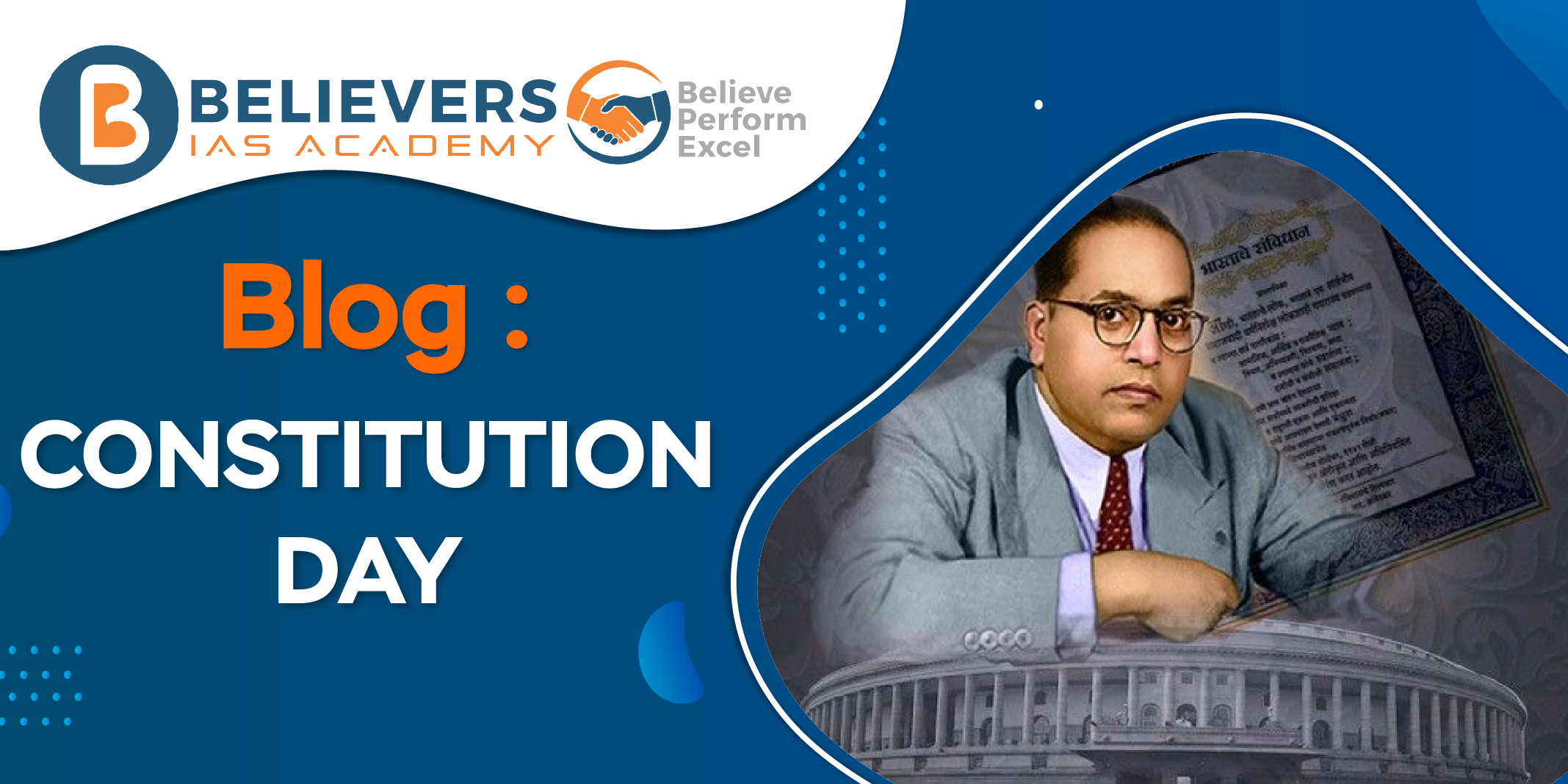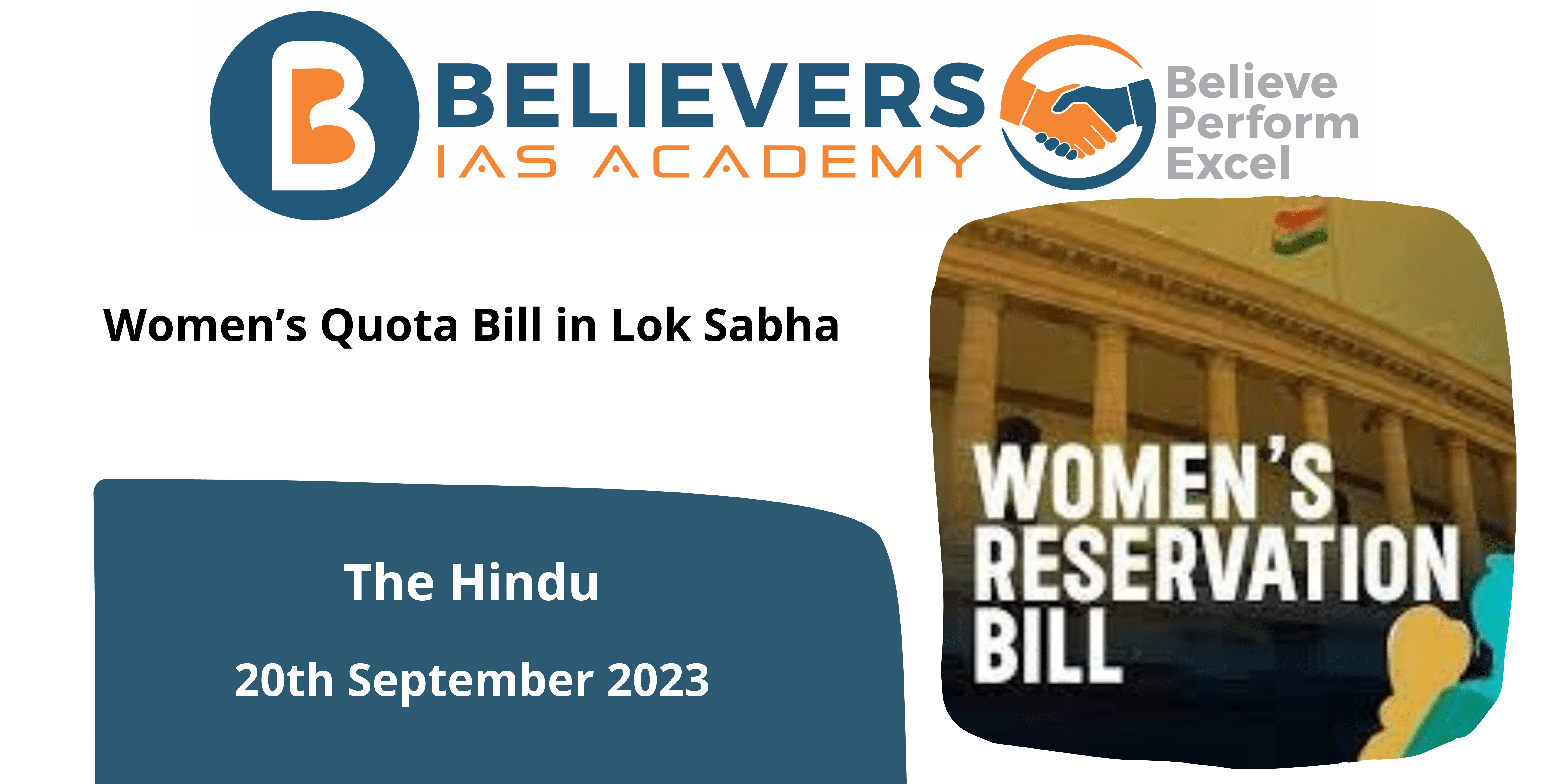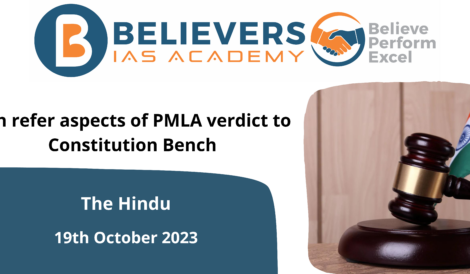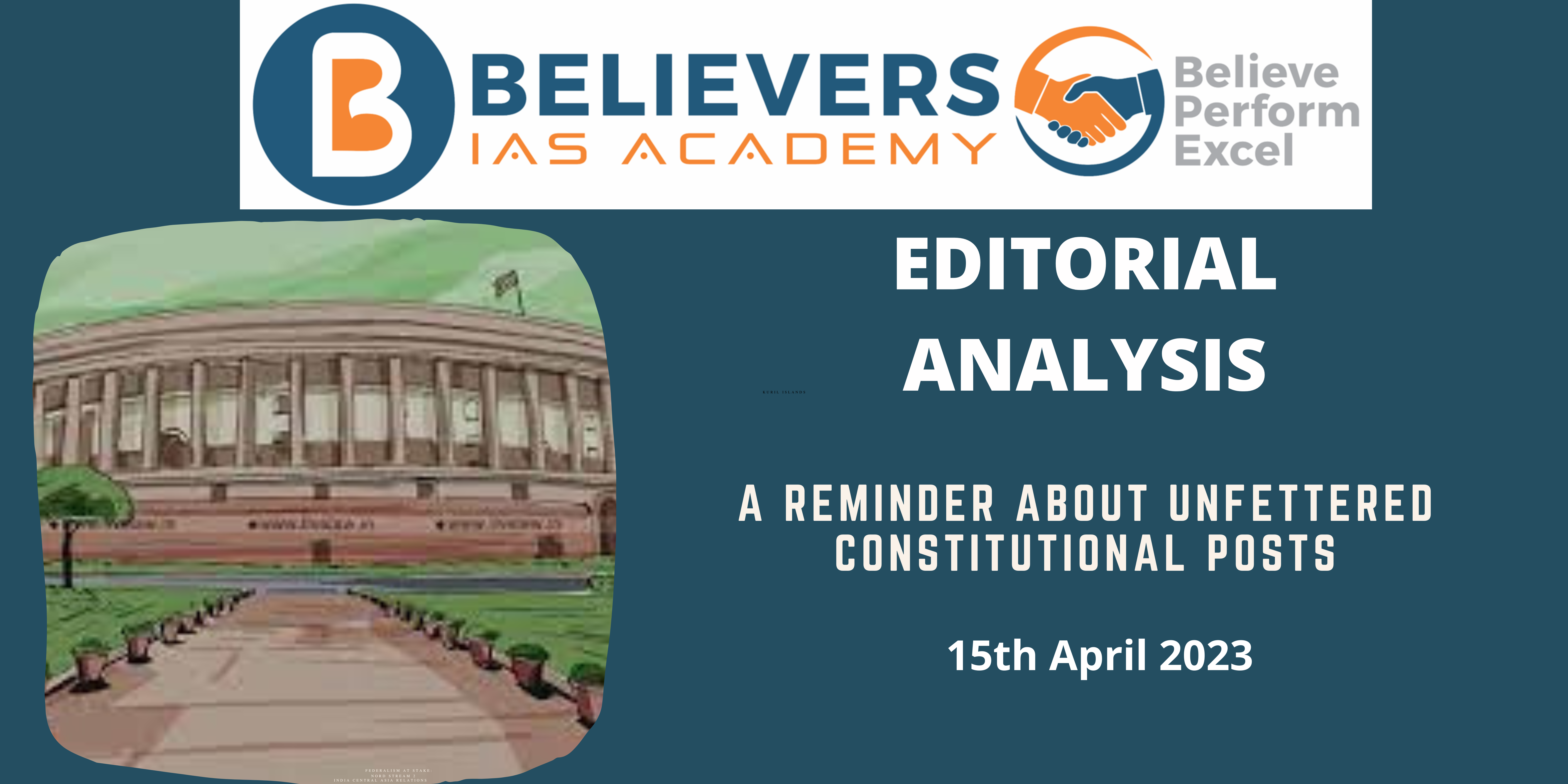Constitution Day
Constitution Day, also known as National Law Day, is observed on November 26th each year in India to commemorate the ratification of the Indian Constitution. This day is historically significant because it commemorates the day in 1949 when India’s Constituent Assembly ratified the Constitution, which went into effect on January 26th, 1950.
On November 19, 2015, the Government of India designated November 26th as Constitution Day. Prime Minister Narendra Modi announced the decision to commemorate this day on October 11, 2015, when laying the foundation stone for B. R. Ambedkar’s Statue of Equality in Mumbai.
As the chair of the Constituent Assembly’s drafting committee, B. R. Ambedkar, known as the “Father of the Indian Constitution,” played a critical role. Constitution Day is a chance to recall and honour his efforts, as well as to raise awareness about the significance of the Indian Constitution.
Background of the constitution
- British Colonial Rule (1858-1947): For nearly 200 years, India was ruled by the British. The campaign for independence gained traction in the early twentieth century, due to movements led by Mahatma Gandhi, Jawaharlal Nehru, Subhas Chandra Bose, and others.
- Self-Government Demand: As the independence movement progressed, so did the demand for self-government. The Indian National Congress and other political organizations have advocated for increased representation in decision-making processes.
- Impact of World War and Quit India Movement: The impact of World War II and the Quit India Movement in 1942 put additional pressure on the British to meet Indian aspirations for self-rule. The British administration acknowledged the necessity for constitutional changes.
- Cabinet Mission (1946): In 1946, the British government sent the Cabinet Mission, which suggested a plan for power transfer and the formation of a constituent assembly to create a constitution for an independent India.
- Constituent Assembly Formation (1946): The Constituent Assembly was established in December 1946, with representatives from diverse political parties and areas. Dr. Rajendra Prasad was elected as its president, while B. R. Ambedkar was appointed as the drafting committee’s head.
- Objective Resolution (1946): Jawaharlal Nehru introduced the Objective Resolution at the Constituent Assembly in 1946, detailing the concepts that should govern the Constitution’s construction. This resolution served as a guidepost for the framers.
- Drafting Committee: The constitution was drafted by a drafting committee chaired by B. R. Ambedkar. The committee worked hard to include in the Constitution the ideas of justice, liberty, equality, and fraternity.
- Adoption and Implementation (1950): On January 26, 1950, the Constituent Assembly accepted the final text of the constitution. This date was chosen since it was the day the Declaration of Independence was signed in 1930. On this day, India became a republic, and the new constitution took effect.
Samvidhan Diwas
To honour Dr. B.R. Ambedkar, November 26 has been designated as Constitution Day. He was an essential member of the Constitution’s writing committee.
The Constituent Assembly drafts the Indian Constitution. The Constituent Assembly of India formed 13 committees to handle various tasks connected to the constitution’s drafting. There were eight major committees and eight subordinate committees.
Dr BR Ambedkhar
Bhimrao Ramji Ambedkar, often known as Dr. B.R. Ambedkar, was a renowned Indian jurist, social reformer, and politician. On April 14, 1891, he was born in Mhow (now known as Dr. Ambedkar Nagar), Madhya Pradesh, India. Dr. Ambedkar was a key figure in the development of the Indian Constitution and is known as the “Father of the Indian Constitution.”
Major Committees
- Drafting Committee – B. R. Ambedkar
- Union Power Committee – Jawaharlal Nehru
- Union Constitution Committee – Jawaharlal Nehru
- Provincial Constitution Committee – Vallabhbhai Patel
- Advisory Committee on Fundamental Rights, Minorities and Tribal and Excluded Areas – Vallabhbhai Patel.
- Rules of Procedure Committee – Rajendra Prasad
- States Committee (Committee for Negotiating with States) – Jawaharlal Nehru
- Steering Committee – Rajendra Prasad
Need for a Constitution
- Establishing Fundamental Laws: The supreme law of the state is established by a constitution. It lays down the fundamental concepts and values that support the legal system. This fundamental text serves as a foundation for the development and enforcement of all other laws inside a country.
- Defining Government Structure: A constitution describes the structure of the government, including its many branches, the functions and powers of each branch, and the relationships between them. It provides a framework for the executive, legislative, and judicial departments, as well as a system of checks and balances.
- Individual Rights Protection: Constitutions frequently include a Bill of Rights or a comparable measure that protects people’s fundamental rights and freedoms. These rights may include freedom of expression, religion, and assembly, as well as protection from unreasonable searches.
- Rule of Law: The rule of law is established by a constitution, which means that everyone, even government officials, is subject to the law. It contributes to the prevention of arbitrary actions by those in authority and ensures a fair and just judicial system.
- Social Contract: A constitution embodies a social compact between the government and the governed. It outlines citizens’ and the state’s reciprocal rights and obligations, establishing a sense of citizenship and civic duty.
- Stability and continuity: A constitution gives the political system stability by providing a consistent and enduring set of norms and ideals. It contributes to political continuity by preventing abrupt changes in governance.
In addition to writing the Constitution and passing ordinary laws, the Constituent Assembly also did the following:
- It ratified India’s Commonwealth membership in May 1949.
- On July 22, 1947, it adopted the national flag.
- On January 24, 1950, it adopted the national anthem.
- On January 24, 1950, it adopted the national anthem.
- On January 24, 1950, it chose Dr. Rajendra Prasad as India’s first President.
The Constituent Assembly met 11 times in two years, 11 months, and 18 days. The Constitution-makers studied the constitutions of over 60 countries, and the Draft Constitution was debated for 114 days.




